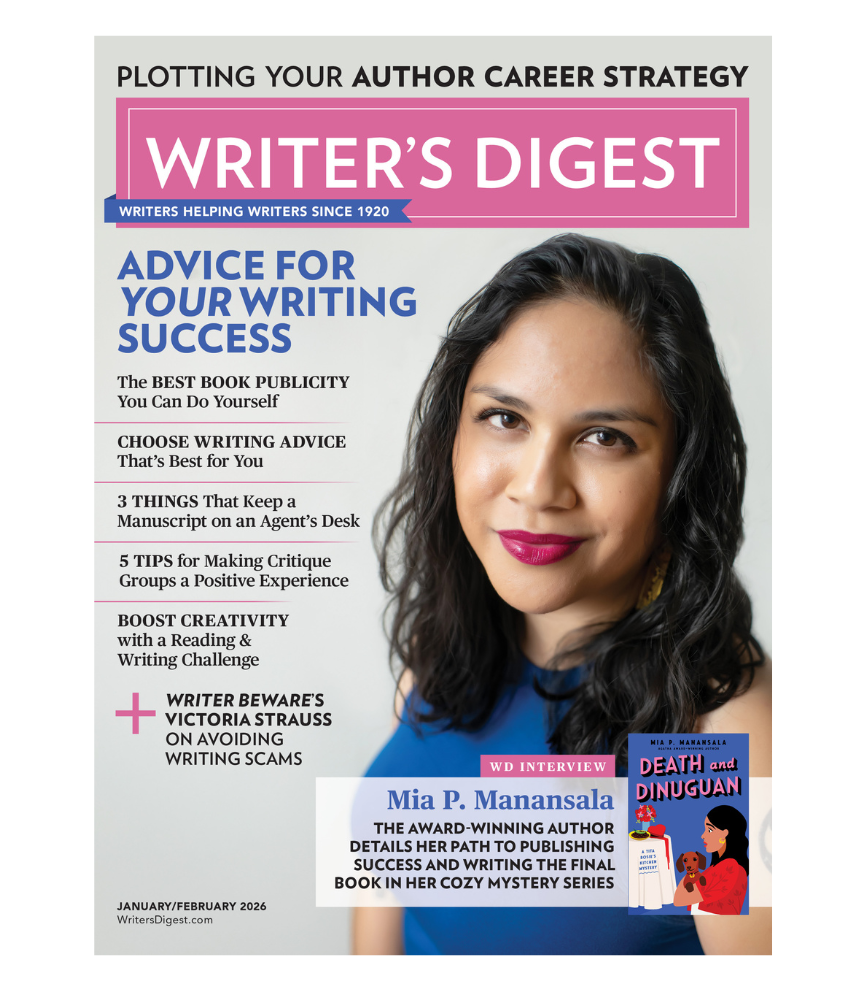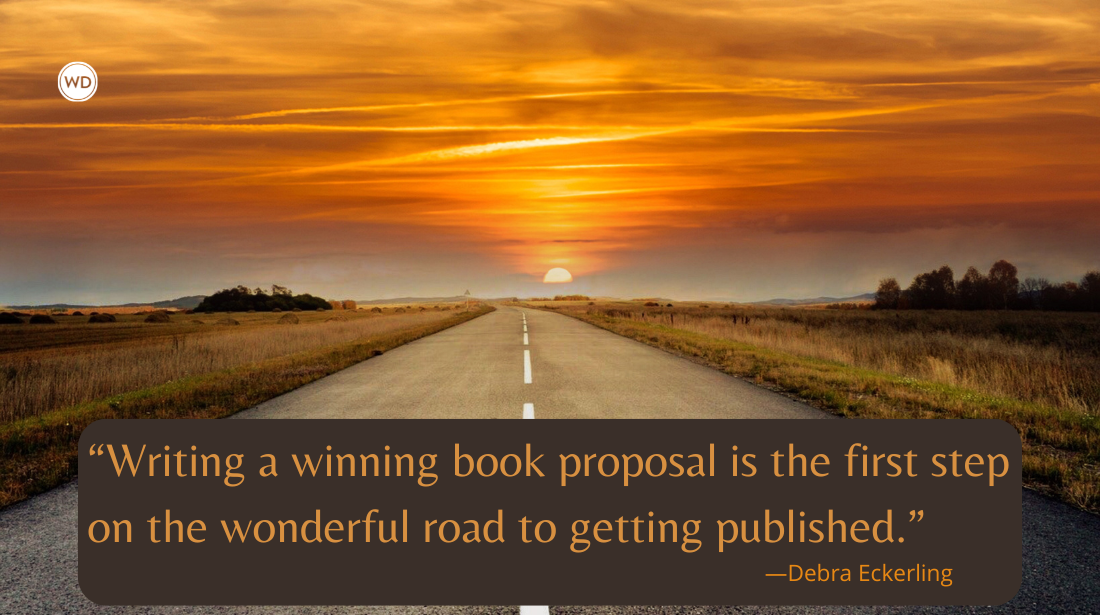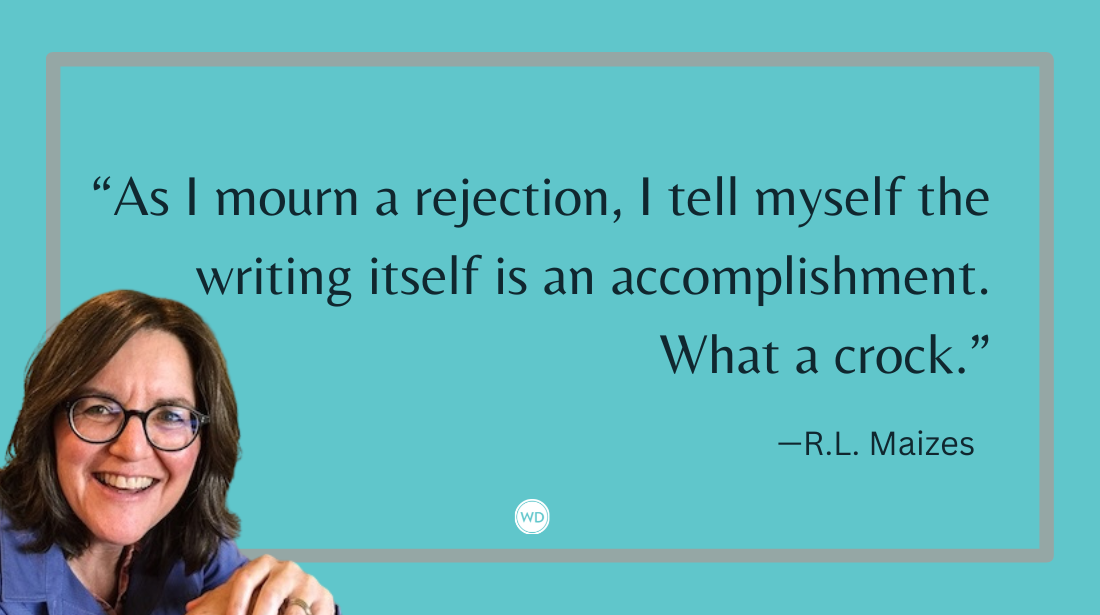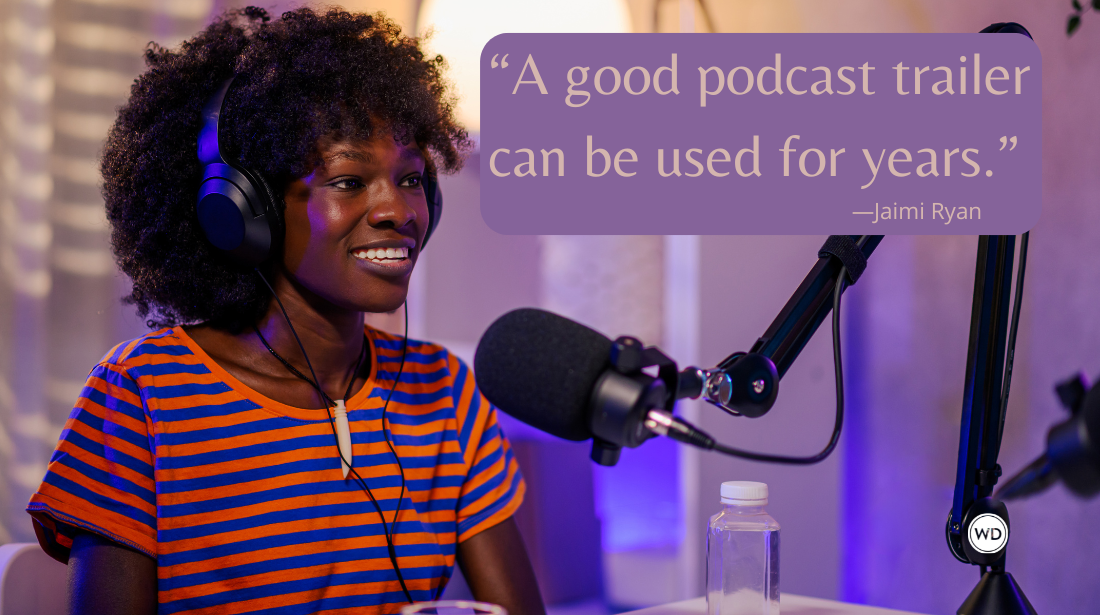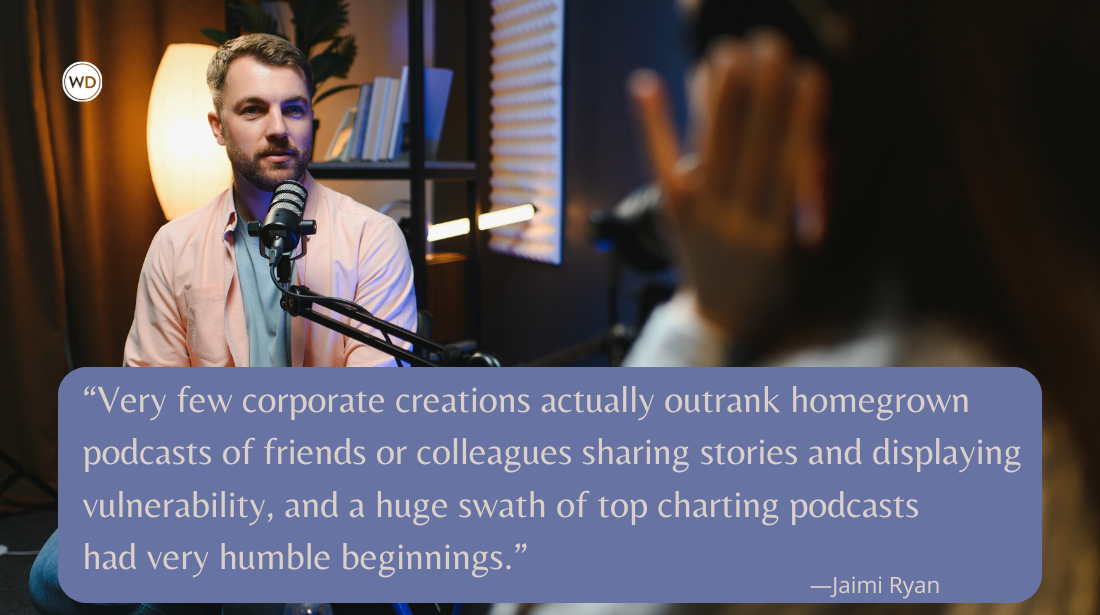Successful Queries: Meredith Clark and “Murder By the Book,” by Amie Schaumberg
Find two successful queries for Amie Schaumberg’s debut novel “Muder By the Book,” one to her agent and the other to her editor.
Welcome back to the Successful Queries series. In this installment, find two query letters, one to Amie Schaumberg's agent as well as her agent's pitch to Harlequin Senior Editor Meredith Clark for Murder By the Book (MIRA).
Amie Schaumberg is an English professor living in Washington State. This is her debut novel.
Here's Amie's query to her agent:
Thank you for your interest during the recent #DVPit event on Twitter. If We Were Villains meets Nine Perfect Murders in this re-imaging of “The Lady of Shallot” as a contemporary mystery.
A woman is found strangled in the outskirts of a rural college town. She's been posed to look like a painting of Hamlet's Ophelia, the scene taunting the police with messages that they don't understand. Detective Ian Carter is known as a strait-laced cop, but seeing the girl's body left him shaken and uncertain of where to turn—until a chance meeting with a charmingly awkward literature professor ends with her accidentally seeing, and solving, a clue left by the killer. Now Ian must figure out how to keep her safe; if he doesn't, she might become the killer’s next creation.
Professor Emma Reilly knows that the books she loves might hold the key to unraveling the killer's crimes, but she struggles to leave the familiarity of her ivory tower even at the best of times. However, when the murderer strikes close to home, Emma realizes that the safety of her insular life might be nothing more than an illusion. She must find the strength to confront a killer who is turning the stories she loves into lurid scenes of death.
With its dual POV, DEATH UPON HER EYES is a timely exploration of the current tensions in crime fiction. Ian is a dedicated detective who must decide what it means to be a “good cop” when confronted with his own biases. Emma teaches stories about beautiful dead girls but must contend with her own casual consumption of female pain when faced with real-life violence. As they try to catch a killer who is literally objectifying beautiful women, they must also reassess their own engagement and cultural interactions with death.
The current appetite for media that reassesses our darkest stories is clear. Ruth Ware's bestselling takes on classic literature, Riley Sager's explorations of horror tropes, referential shows like Mike Flannigan's The Haunting of... series, and Golden-Age homages like Knives Out all show that this genre is on the rise. By drawing on Arthurian mythology, DEATH UPON HER EYE embraces this trend without retreading the same ground. This novel will appeal to fans of literature-infused mysteries like Horowitz's The Magpie Murders, Peter Swanson's Eight Perfect Murders, and M.L. Rio's If We Were Villains, whether readers want to see the classics from a new perspective or simply be the one who "understood that reference."
DEATH UPON HER EYES is a mystery complete at 94,928 words and features an OwnVoices neurodivergent character. It is written as a stand-alone novel but has the potential for sequels.
I earned a Bachelor of Arts in Creative Writing from the University of Montana and a Master of Arts in Literature from the University of Notre Dame. I currently live in rural Washington, where I teach writing and literature at a local college, providing the expertise and inspiration for Emma's background.
Thank you for your time and consideration.
Sincerely,
Amie Schaumberg
Check out Amie's Murder By the Book here:
(WD uses affiliate links)
Here's the pitch from Amie's agent to editor Meredith Clark:
DEATH UPON HER EYES is a re-imaging of “The Lady of Shallot” as a contemporary mystery, where If We Were Villains meets Nine Perfect Murders. This a novel that will appeal to fans of literature-infused mysteries like Horowitz's The Magpie Murders, Peter Swanson's Eight Perfect Murders, and M.L. Rio's If We Were Villains, whether readers want to see the classics from a new perspective or simply be the one who "understood that reference."
In DEATH UPON HER EYES (93,600 words), a woman is found strangled in the outskirts of a rural college town. She's been posed to look like a painting of Hamlet's Ophelia, the scene taunting the police with messages that they don't understand. Detective Ian Carter is known as a strait-laced cop, but seeing the girl's body leaves him shaken and uncertain of where to turn—until a chance meeting with a charmingly awkward literature professor ends with her accidentally seeing, and solving, a clue left by the killer. Now Ian must figure out how to keep her safe; if he doesn't, she might become the killer’s next creation.
Professor Emma Reilly knows that the books she loves might hold the key to unraveling the killer's crimes, but she struggles to leave the familiarity of her ivory tower even at the best of times. However, when the murderer strikes close to home, Emma realizes that the safety of her insular life might be nothing more than an illusion. She must find the strength to confront a killer who is turning the stories she loves into lurid scenes of death.
With its dual POV, Death Upon Her Eyes features an OwnVoices neurodivergent character in a timely exploration of the current tensions in crime fiction. Ian is a dedicated detective who must decide what it means to be a “good cop” when confronted with his own biases. Emma teaches stories about beautiful dead girls but must contend with her own casual consumption of female pain when faced with real-life violence. As they try to catch a killer who is literally objectifying beautiful women, they must also reassess their own engagement and cultural interactions with death.
What Meredith liked about the pitch:
When Felice Laverne first pitched me Amie’s debut novel, she said all the right things to get my attention: “literature-infused mystery”; “readers who want to see the classics from a new perspective”; or “be the one who ‘understood that reference.’"
The pitch itself was very clear about what this book was offering: a very fresh take on a familiar story. A killer was targeting female college students, a cop at a loss for what to do both in the case and with his job, and an amateur sleuth who would be able to aide in solving the mystery. Ideas that maybe I had seen before, but certainly not executed nor tied together in this way. This was new, this was different. And Amie’s pitch made that very clear.
The comps were contemporary and compelling: I recognized the other titles and authors immediately, so it was easy to understand who the audience was. And she also highlighted that the book featured a neurodivergent main character, which was wonderful to see and a key aspect to understanding why this book had so much potential.
So it was easy for me to want to read the now titled MURDER BY THE BOOK, and even easier to be drawn into the compelling story that Amie had pulled together.
Thoughts on the submission process from Amie Schaumberg:
After working on what would become Murder by the Book on and off for literal years, writing in spare moments and on vacation days, I decided I had something worth putting out in the world around 2019. I spent the next year and a half revising and polishing that draft—which meant I was ready to begin querying agents just as the pandemic hit its peak.
That was not a great time for publishing professionals (or anyone else), and I hit a series of walls with agents who were closing submissions, ignoring them, or simply deleting them in a few cases. Following my submissions in QueryTracker became an exercise in endurance, with even a form rejection feeling like a win. Fortunately, one agent took the time to give me some insightful feedback that prompted another flurry of revisions that included adding a new character. While that agent didn’t end up representing me, she set me on the path that led to publication.
Once I had signed with a different agent—after a colleague of hers spotted my tweet during a Twitter pitch contest!—I came to my first meeting with my editor, Meredith Clark, with a stack of notes, questions, and ideas, most of which I left untouched as our conversation progressed. I’d gotten feedback from a number of agents and editors that the female protagonist, Emma, needed to be more “likable” (which almost always meant more neurotypical) and that the ending needed to be more focused on her relationship with the male protagonist. I’m not a fan of having an HEA in a book where women are brutally murdered and had prepared myself for debate. Instead, I found that Meredith shared my vision for the book and had smart, helpful critiques that would make it even more itself.
There was one scene in particular that Meredith identified as needing revision. I wasn’t surprised. It was a scene from Emma’s POV that I just couldn't seem to get right. I’d revised it and revised it, trying to find the magic combination of words that would make it sing, but it still felt flat. Meredith came at it from a completely different direction, and before the Zoom call had even ended I knew what it needed. And I knew I wanted to sign with MIRA. We didn’t agree on everything during the editing process—the title was a particular sticking point—but the final version is something I’m both incredibly proud of and grateful for.
*****
Meredith Clark is a senior editor at Harlequin.


